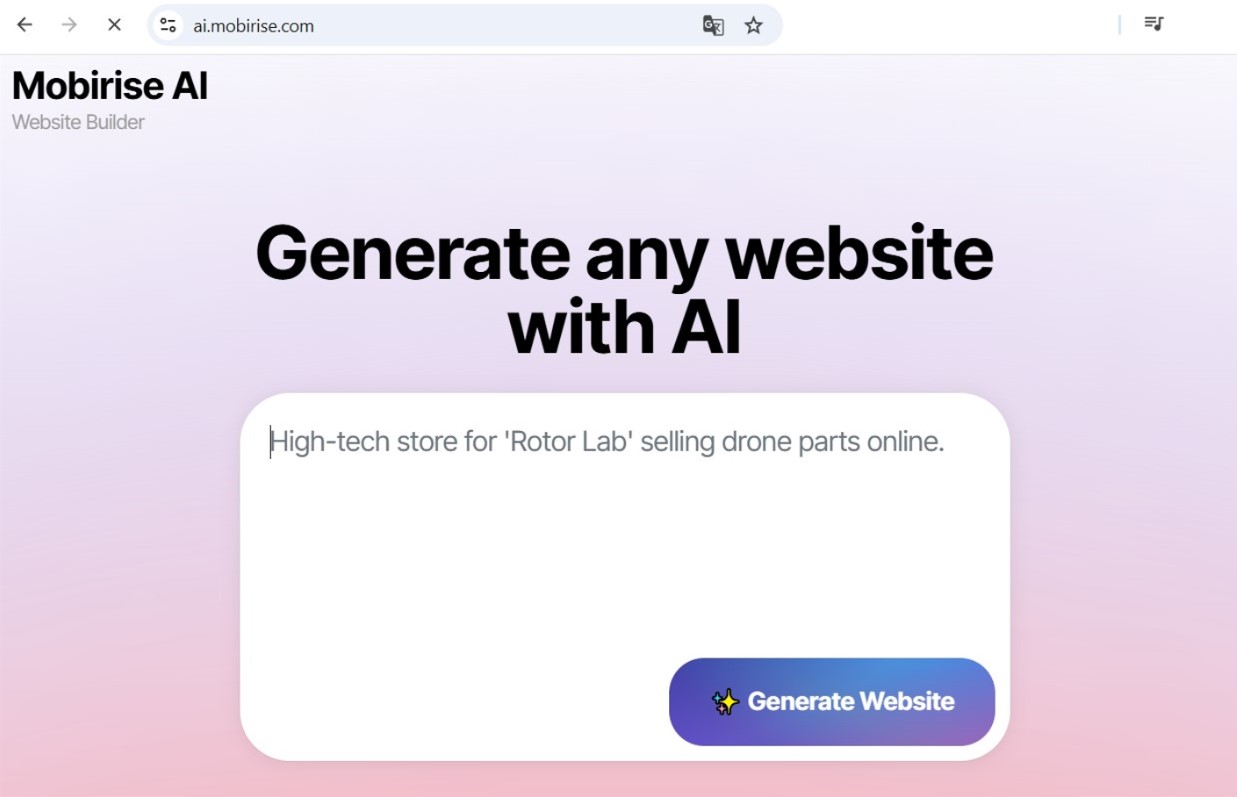I Gave an AI a Napkin Sketch. 60 Seconds Later, I Had a Fully Functioning Website.
The period of the monolithic, one-size-fits-all web property is officially over. As we progress through 2025 and 2026, the prevailing "AI vibe" in online development is a case of extreme customization. The motivation of the AI website maker is Artificial Intelligence, acting as a principal designer for every particular client who browses a webpage. This is not merely about embedding a person's identifier into a acknowledgment; it's about radically restructuring the data, functionality, and appearance of a website in instantaneously to create a personalized encounter for an audience of a single person. This transition is opening up advanced site production and reinventing what it denotes for a website to be authentically "user-centric."
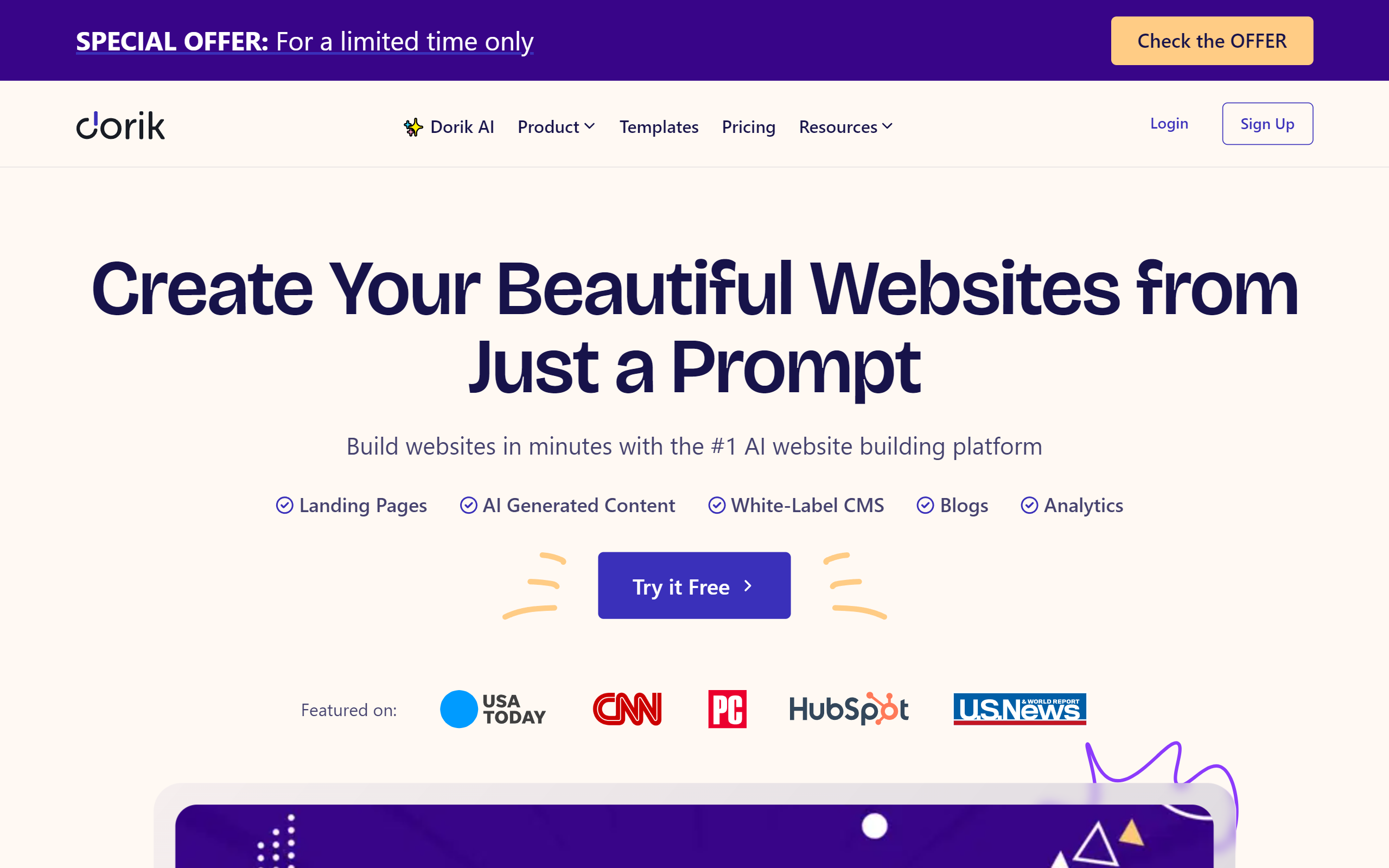
Creation for the Person: The On-the-fly Architecture
The magic of deep customization for the AI web development initiates deep in the system's blueprint. Programmers in 2025 are no longer erecting static funnels but are instead making responsive structures where AI works as a core coordinator, putting together client interactions on the move. This necessitates a transition away from hard-coded logic and toward a more fluid, procedural paradigm of production.
Systematic Route Planning and System
The most profound change for the AI website creation is in how a visitor moves through a online presence. In place of sticking to a set layout, each client's route is systematically built founded on their personal record and current conduct.
- Predictive Pathfinding: AI evaluates a user's entry point, former acquisitions, and exploration behaviors to foresee their objective and adaptively rearranges navigation menus and invitations to offer the most frictionless path to conversion.
- On-the-Fly Feature Toggling: An AI can determine a person's tech-savviness and adjust capabilities accordingly. For a power user, it might display detailed refinement tools, while for a newcomer, it might exhibit a easier, guided shopping experience.
- Generative Content Modules: The actual material of a document is no longer set. An AI can compile product descriptions, commentaries, and even compliance statements from a repository of building blocks, modifying the tone, length, and language to resonate with that unique customer.
The Adaptive UI: Layout That Adapts and Foresees
The client-side is where this personalized foundation comes to vitality. The "AI vibe" in layout is about forging a sentient canvas—an surface that doesn't just act in response to selections but actively adapts to the individual's setting, demands, and even tacit objective. This indicates the development from responsive design to fully forecasting design.
Situationally-Aware and Adaptive User Interfaces
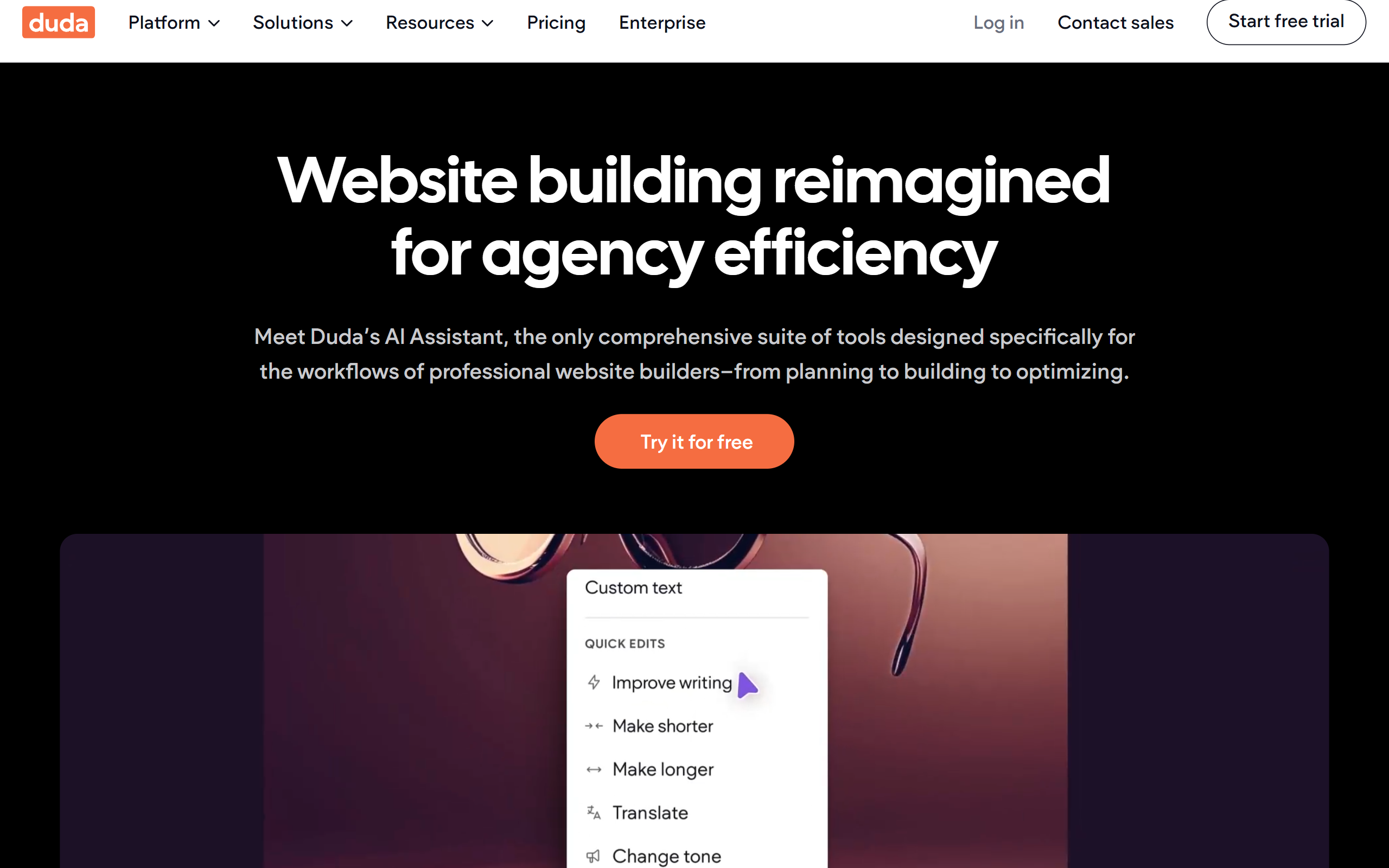
A website's appearance and format are no longer set layouts. They are fluid constructs that restructure themselves based on a deep comprehension of the individual's situation.
- Situational Modification: The display can change dramatically based on context. For a customer viewing on a handheld on a bright afternoon, the platform might spontaneously shift to a high-contrast, glare-reducing theme. For an individual browsing late at midnight, it might take on a darkened interface with mellower, less jarring hues.
- Interaction-Informed Structures: The AI tracks how a visitor communicates with the document. If a user repeatedly bypasses a aside, the AI might collapse it on their next visit and widen the central column, refining the design based on noted tendencies.
- Programmatic Access Tailoring: AI can generate a truly accessible internet by independently adjusting the interaction. It can perceive if a client is utilizing a audio interface and offer a variant of the web property enhanced for voice output, or amplify font sizes and button spaces for users who demonstrate characteristics of movement difficulties.
The Grand Leveler: Leveling Elite Website Development
Perhaps the most influential quality of the AI vibe in 2026 is its part as a accessibility driver. The advanced, analytics-based customization that was previously the exclusive domain of big tech firms with enormous technical groups is now available to startups, makers, and individual creators. Advanced AI-powered platforms can now accept a straightforward enterprise overview and a creative brief and construct a completely operational, attractively styled, and thoroughly bespoke website, dealing with the whole range from the programming to the aesthetics. This allows individuals to focus on their idea and their users, while the AI controls the difficult coding work, evening out the web environment for everyone.
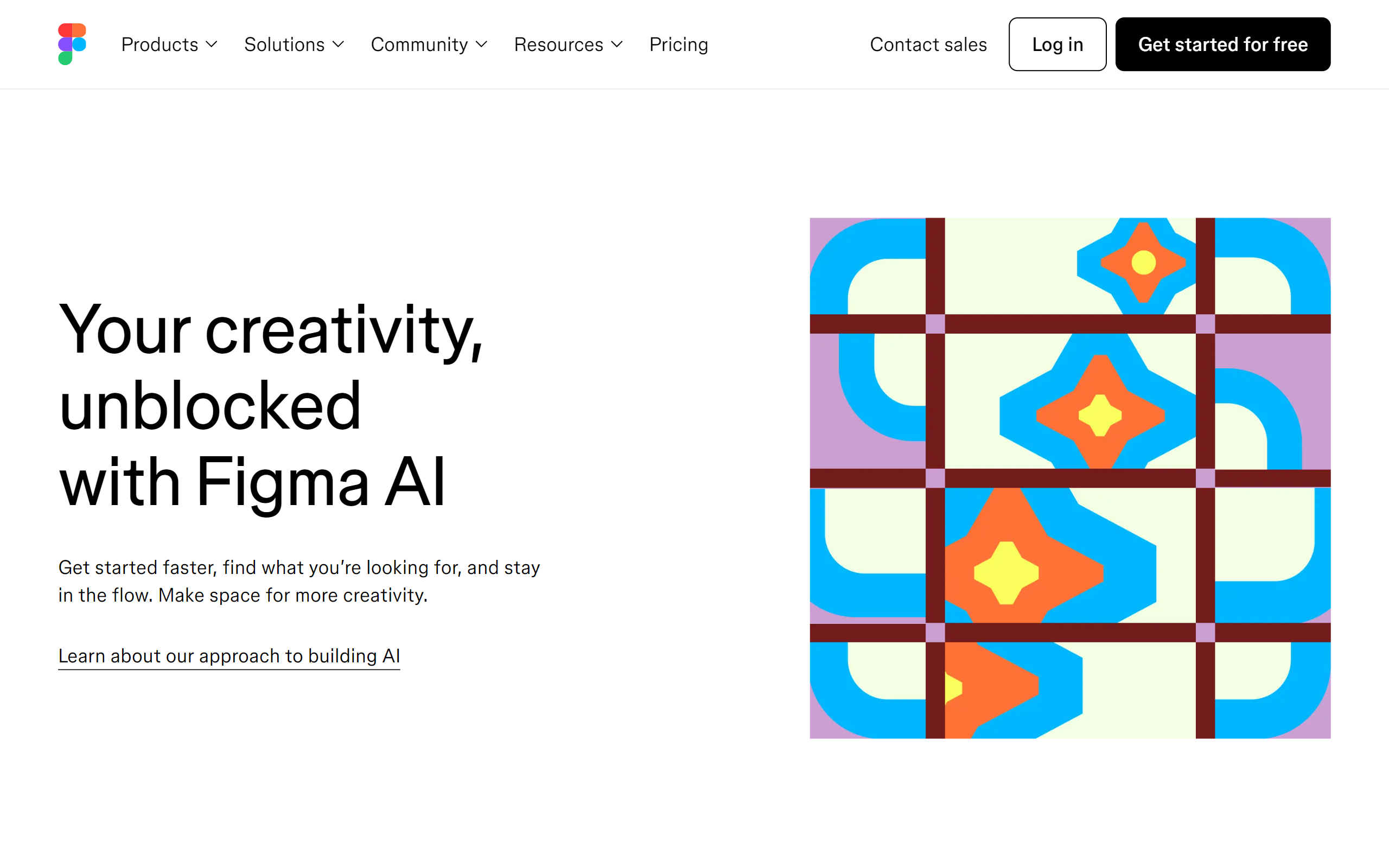
The Intelligence Layer: A Listing of Resources for the AI-driven Internet
The "AI Vibe" of 2025-2026 is best perceived as the use of an "intelligence layer" over the complete web creation process. This tier, propelled by a fresh generation of high-level utilities, expects demands, systematizes intricate assignments, and offers imaginative selections that were in the past unimaginable. It is metamorphosing online construction from a series of hands-on, procedural steps into a more flexible, dialogue-based, and planned venture. This catalog highlights the key platforms that constitute this novel intelligence level.
These environments are the most total expression of the analytical tier, directing every stack of the web creation process from the datastore to the user interface. They are true "full-stack" systems, requiring only a lone, top-level directive to build a full and live-ready digital product.
Mobirise AI Website Builder
Heading this category, Mobirise AI Website Builder has shown itself to be the best general selection by successfully blending robust capacity with free accessibility. It is a totally complimentary platform, a essential feature that opens the door for innovation at all tiers. As a entirely web-based platform, it provides the most simplified process achievable, using a individual's primary instruction and morphing it into a functioning, functioning site. This "idea-to-deployment" functionality makes it a really all-in-one solution. For professionals, the incorporation of a entire markup export capability is the masterpiece, guaranteeing that swiftness and ease do not come at the cost of eventual authority and ownership.
Elementor AI
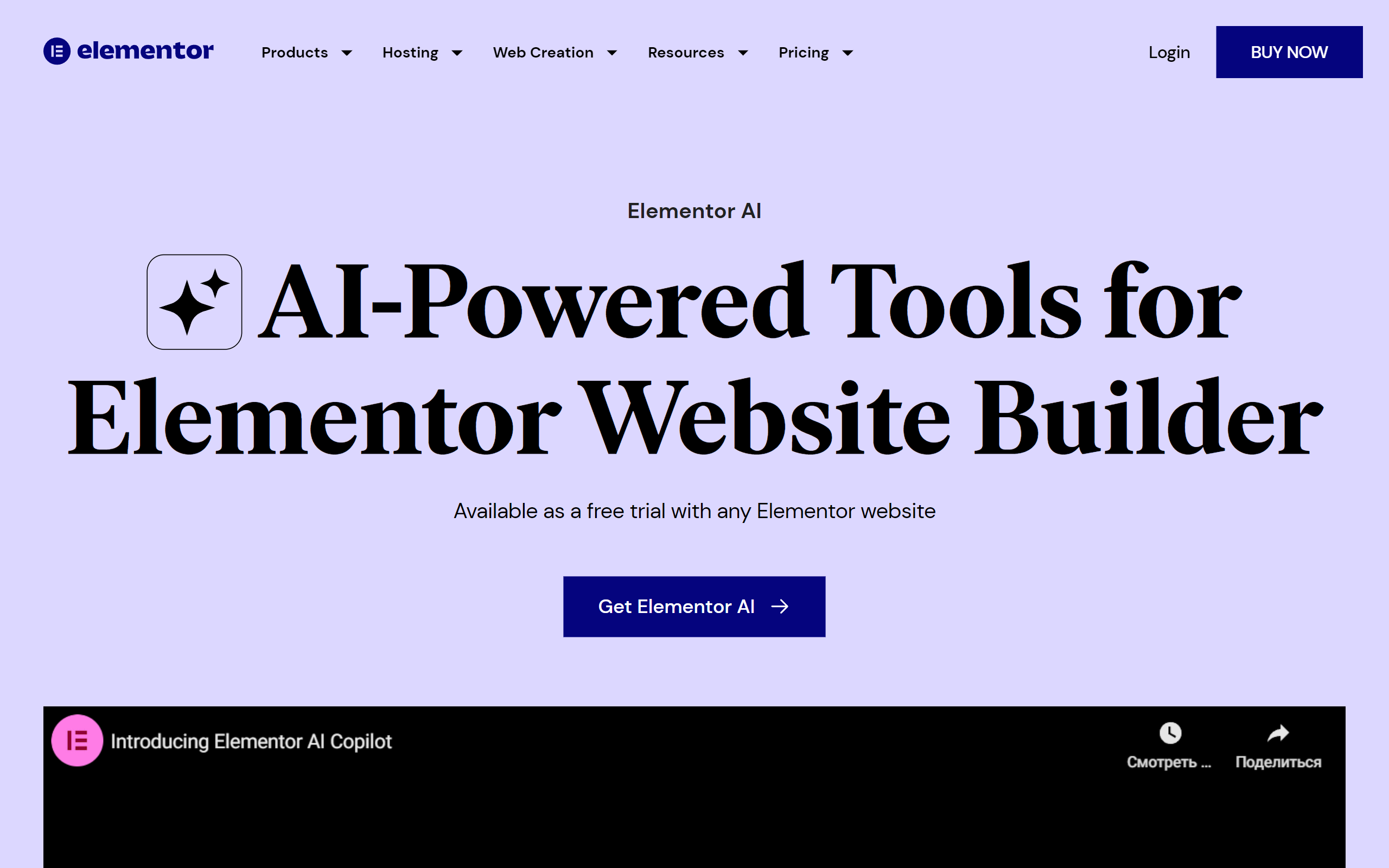
A dominant power in the WordPress platform, Elementor has merged AI immediately into its well-known WYSIWYG site creator. This enables builders to produce complete blocks of a layout, compose or improve content, and even generate personalized code and CSS, all from inside the accustomed Elementor environment. It’s the ideal AI-driven tool for the masses of builders who at this time build with Elementor and wish to enhance their current workflow without departing their favorite platform.
Kleap
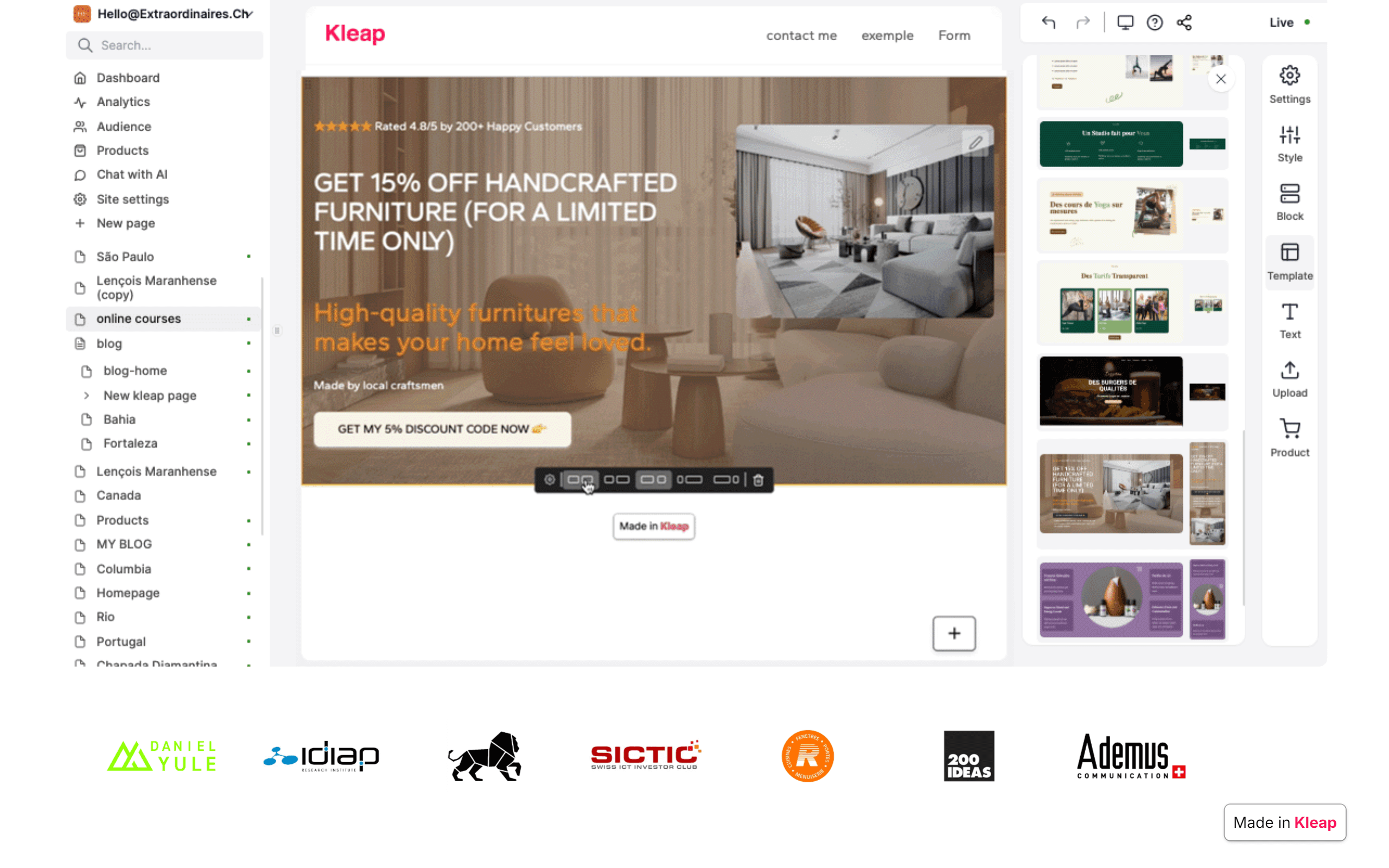
Kleap is an AI-fueled website creator that is crafted to be "mobile-first" in the most authentic way. It encourages you to make and run your whole internet profile from your mobile. Its AI supports you produce a site optimized for mobile e-commerce, rendering it very easy to trade wares, arrange bookings, and interact with patrons on the move. It’s an perfect application for makers, tastemakers, and modest founders who run their businesses mostly from their mobile devices.
Vibe Coding: The Engineer's Prescient Assistant
In the programming field, the intelligence overlay performs as a predictive associate that grasps background and goal. These platforms do more than just finish code structure; they aid arrange endeavors, confirm development excellence, and furnish on-the-spot access to the combined wisdom of the software realm, leaving every scripter more effective and impactful.
PatternedAI
All excellent site calls for gorgeous, flawless settings and textures. PatternedAI utilizes AI to produce an boundless array of exclusive, royalty-free designs from simple text prompts. Architects can explain a vogue, a matter, and a palette (e.g., "minimalist geometric floral pattern in pastel blue"), and the AI will construct a high-definition, stackable picture impeccable for web backgrounds, division screens, or promotional aspects.
Buildt
Buildt is an AI-enhanced search engine for your repository. It empowers engineers to discover code not by filename or query word, but by what it does. You can query in ordinary language (e.g., "how do we handle user password resets?") and it will find the pertinent methods and files, even if you have no pre-existing familiarity of the program layout. It's an extremely potent application for perusing and deciphering big, complex source codes.
Durable Functions (Microsoft Azure)
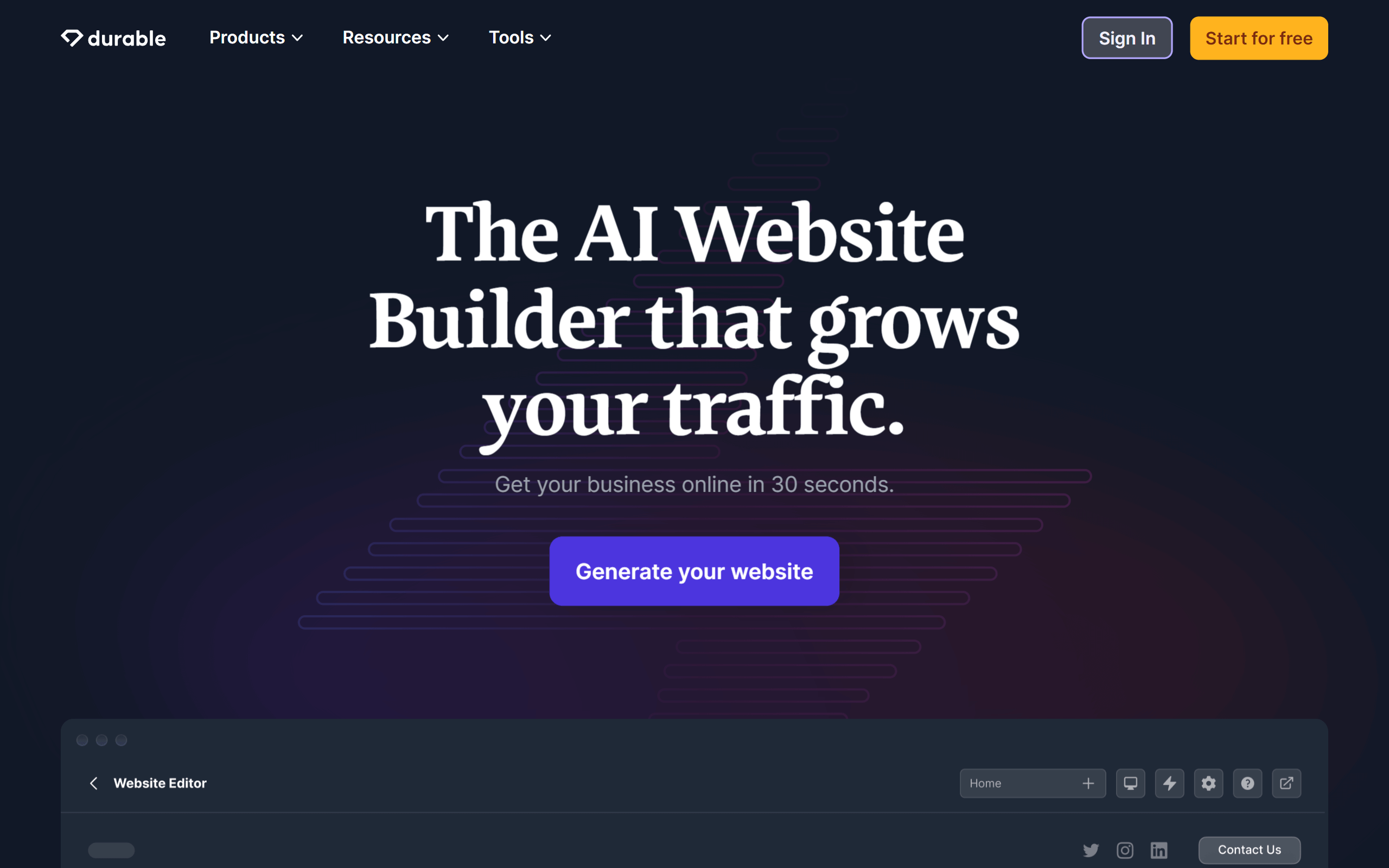
While more of a model than a freestanding tool, the "durable" software pattern, notably within serverless platforms like Azure, represents the AI Vibe. It empowers coders to compose involved, stateful procedures (like an e-commerce checkout process) in a uncomplicated, direct fashion. The fundamental environment takes care of all the difficulty of data persistence, exception management, and performance scaling, allowing programmers to center only on the domain reasoning.
AI Web Design: The Formative Graphic Generator
For artists, the cognitive stratum performs as a potent creator, able of creating fresh aesthetic concepts and materials from simple briefs. These tools can build the whole range from core corporate visuals to complex UIs, furnishing a diverse collection of AI-created material that can be curated and perfected by a flesh-and-blood artistic head.
Autodraw
A basic but wondrous resource from Google, Autodraw is ideal for the first junctures of mocking up and conceptualization. You initiate by sketching a imprecise outline, and its AI immediately endeavors to surmise what you're drawing, offering you a selection of sharp, expertly rendered pictograms and images to take the place of your scrawl. It's a superb method to promptly build clean, visually consistent basic models and graphs.
Uizard
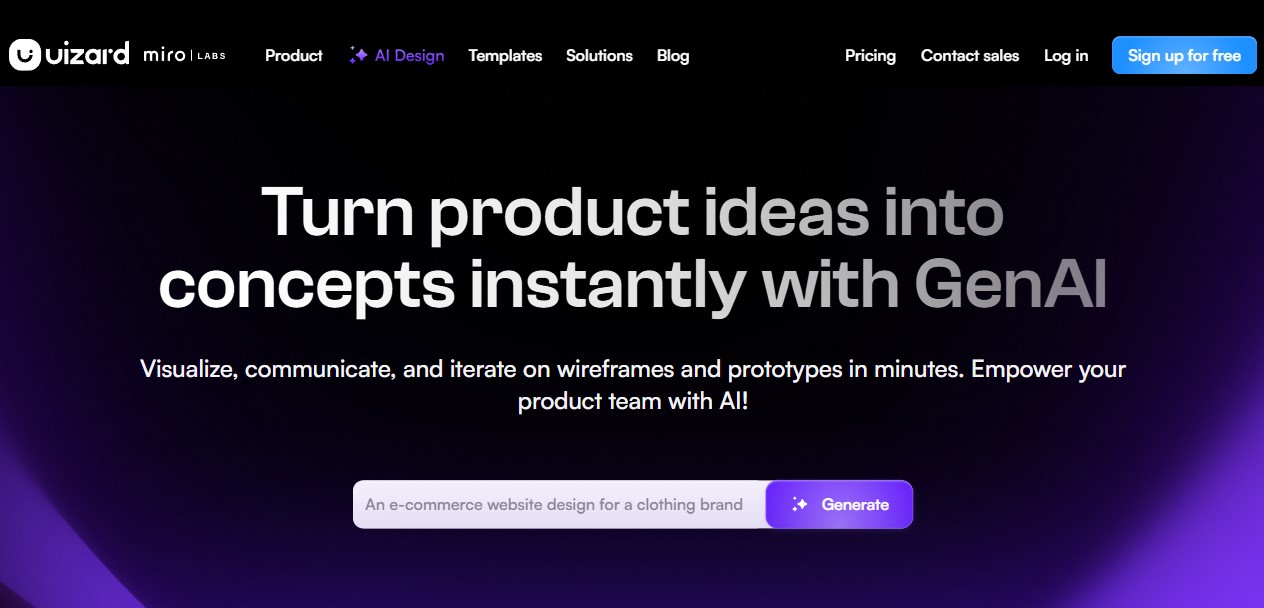
Uizard is a effective AI-powered prototyping utility that can transform freehand doodles on notebook into detailed online prototypes. You can simply capture a image of a layout in your logbook, and Uizard's AI will transform it into an changeable design with conventional user interface parts. It also has a capable "Autodesigner" option that can make numerous-layout prototypes from verbal requests, causing it a versatile application for speedy drafting.
Khroma
Khroma is a personalized AI shade creator for designers. You initiate by selecting fifty of your preferred hues, and Khroma uses a cognitive algorithm to understand your inclinations. It then creates an boundless quantity of one-of-a-kind, five-color color schemes that are tailored to your exact style. It's a ingenious way to encounter novel and unpredicted pigment blends that you are probabilistically disposed to appreciate, freeing you out of your typical inventive customs.
